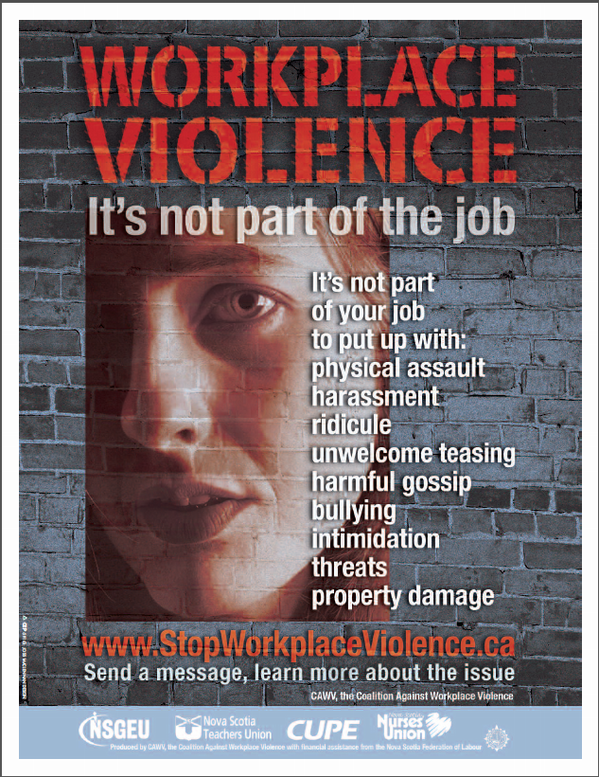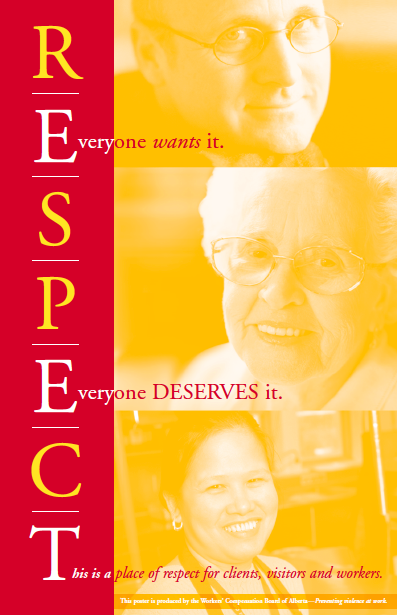What is Gender Violence?
The term gender violence is used to describe a continuum of violence and controlling behavior’s perpetrated by an individual’s partner, former partner, or acquaintance, including, physical violence, sexual relations without affirmative consent, and acts of verbal, nonverbal, or physical aggression, intimidation, or hostility based on gender.
Gender violence is an issue that affects us all. 1 in 3 women in BC is assaulted by a male partner. One type of gender violence is violence in intimate relationships. Another term commonly used to refer to violence in intimate relationships is domestic violence.
74% of domestic violence victims will experience abuse at work.
(Family Violence Prevention Fund San Francisco 1998 Family Violence Prevention Fund. 1998.)
Many workers and employers believe that violence in intimate relationships is an individual issue and is none of their business. Violence occurs in both different-sex and same-sex relationships. It impacts individuals from all economic, educational, age, gender, and cultural backgrounds.
The effects of violence in an intimate relationship often occur beyond the home. 90% of domestic violence incidents will be disclosed to a coworker. (Ontario Safety Association 2009) Intimate partner violence can come into the workplace when an abuser attempts to harass, threaten, stalk or harm a woman at work.
Violence in an intimate relationship is a recurring pattern of controlling behavior, including acts of violence or threatened acts which is used by a perpetrator to gain power and control over a current or former intimate partner.
Examples of how violence in intimate relationships can affect someone at work are:
• Interfering with transportation by hiding or stealing the woman’s car keys or transportation money;
• Threatening deportation if the woman was sponsored
• Failing to show up to care for children, thus she must stay home or be late for work
•Repeatedly phoning or emailing her at work
• Stalking her at work
• Showing up to her workplace and harassing her co-workers with questions (i.e. where is she, who is she with when will she be back, etc)
• Threatening her co-workers and being verbally abusive
• Destroying her property or the organizations property and physically harming her and/or her co-workers.
How you can support your co-worker:
- If a co-worker confides in you that she is being abused, it’s important to believe her.
- Listen without judging. Women who experience violence in intimate relationships often feel that they caused the violence and ashamed.
- Remember it is the difficult to leave a violent relationship for many reasons. Some reasons may be: fear for safety, financial dependency, lack of housing, and family pressures.
- Recognize the most dangerous time for a woman who is in a violent relationship is when she attempts to leave an abusive situation. This is when the violence often increases and may become deadly.
- BWSS Resources (Crisis line, Support groups, Counseling)
- Safety Planning
Developing a safety plan helps an individual who is experiencing violence to identify and evaluate actions, which may enhance her safety.
How do I know if an employee or a co-worker is being abusive?
The existence of violence in intimate relationships may be undetected due to the fact that most abusers behave differently in other areas of their life. They may be polite and charming at work completely different then how they are with their partner. Thus, possible warning signs of violence may not be recognizable.
The following behaviors may be warning signs of abusive behavior:
- A tendency to blame others, particularly the victim, for problems and difficulties
- Try’s to gain sympathy by sharing stories about his “difficult” partner
- Ease in manipulating others
- Difficulty with conflict resolution
- Calling their partner repeatedly while at work
- Arriving late or calling in due to violence toward their partner or for court/jail time
- Rigid ideas and expectations around masculinity and gender roles
Remember, it’s in your hands- notice and acknowledge something is wrong and be an effective bystander: talk about what’s going on and take action!







